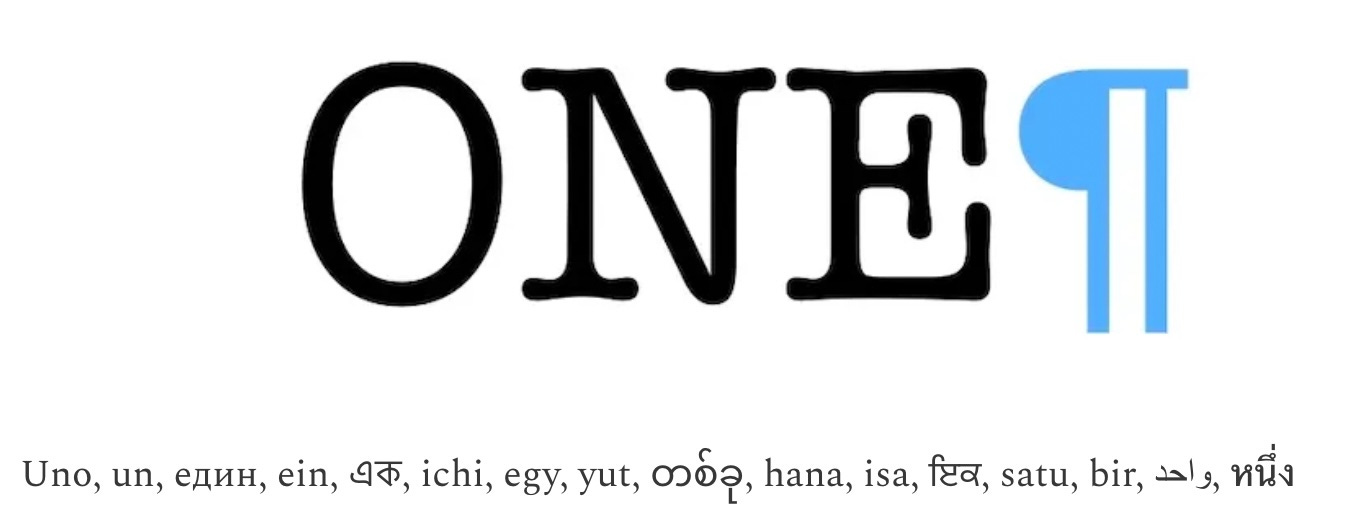I came across this concept recently (new to me) and wanted to share it with you.
"If you want to be happy, set a goal that commands your thoughts, liberates your energy, and inspires your hopes." — Andrew Carnegie
Reverse Goal Setting
I want to introduce reverse goal setting, how to implement it and provide advice on improving your chances of success through visualization.
Reverse Goal Setting, also known as Backward Goal Setting, is a strategic approach where you start by identifying your ultimate objective and then work backward to outline the necessary steps to achieve it. This method contrasts with traditional goal-setting techniques that typically begin from your current position and plan forward. By envisioning the end result first, you can create a clear, structured path that delineates each milestone required to reach your goal.
The reverse goal setting method addresses the shortcomings of conventional goal setting by focusing on the 'how' rather than just the 'what'. It involves working backward from your desired outcome to create a clear action plan. [what about the “why”? …start with why]
“Just follow my easy 5-Step process”, says the late night infomercial.
Do they still have late night infomercials?
: : Step 1 : : Identify Your Long-Term Goal
Define your 5-10 year vision, keeping it broad. Clarify the 'why' behind your goal [there it is!], focusing on the feeling or situation you want to achieve. Set a medium-term goal (up to 3 years). Specify the requirements needed to achieve this goal. If you don't know the requirements, make it your immediate goal to find out.
: : Step 2 : : Define Your Future Self
Create a 'meta goal' by envisioning the person for whom achieving your goal would be easy. Focus on the skills, attributes, habits, and opportunities this person possesses. Consider core areas like time management, focus, learning ability, and more. Make becoming this person your primary goal. Visualize your future self (more below)
: : Step 3 : : Define Your Current Self
Assess your current abilities in relation to the skills and attributes identified in Step 2. Rate your current level (out of 10) for each skill or attribute. If you're unsure about your current abilities, make it a priority to observe, reflect, and gain self-awareness. Recognize and address any underlying issues that may be hindering your progress.
: : Step 4 : : Do a “Force Field” Analysis
Map out the barriers and obstacles preventing you from achieving your meta goal. Identify the drivers, existing skills, habits, attributes, network, and resources that can help you succeed. Analyze how to use your strengths and resources to overcome the barriers.
: : Step 5 : : Build Your Plan
Prioritize what to focus on first based on the force field analysis. Determine when to start working on it. Figure out how to address each area, seeking information if needed. Be flexible and willing to adjust your plan as needed. Schedule time in your day for activities that develop your skills and attributes. Be realistic about the time it takes to develop new skills and habits, focusing on one or two areas at a time. See below.
How to Implement Reverse Goal Setting
Define Your Ultimate Goal: Clearly articulate what you aim to accomplish. This could range from career advancements, securing a leadership role, to personal aspirations.
Break Down the Goal into Milestones: Identify the significant milestones or achievements that lead up to your ultimate goal. If your goal is to become a director in your company, preceding milestones might include obtaining relevant certifications or gaining experience in managerial roles.
Identify Necessary Actions for Each Milestone: For every milestone, determine the specific actions or tasks required. This could involve enrolling in specific courses, expanding your professional network, or taking on projects that showcase leadership abilities.
Establish a Timeline: Assign realistic deadlines to each action and milestone. Working backward from your ultimate goal helps in setting feasible timeframes and ensures a structured progression toward the goal.
Monitor Progress and Adjust Accordingly: Regularly review your progress, celebrate achievements, and make necessary adjustments to your plan to stay aligned with your end goal.
*It is tough challenging to stay on path, so it is important to: (1) map it out, (2) break milestones down into smaller tasks for quicker wins. (3) Create a vision board (see earlier postings on ONE) and look at it everyday. (4) Set up automatic (daily) email reminders. (5) Tell someone your goal, this will help keep your goal alive. Take constant actions toward reaching your future self.
"The greater danger for most of us lies not in setting our aim too high and falling short, but in setting our aim too low and achieving our mark." — Michelangelo
"When it is obvious that the goals cannot be reached, don't adjust the goals, adjust the action steps." — Confucius
Benefits of Reverse Goal Setting:
Enhanced Clarity: Starting with the end goal provides a clear vision, making it easier to map out the steps required to achieve it.
Increased Motivation: Visualizing the ultimate objective and understanding the path to reach it can boost motivation and commitment.
Efficient Planning: This method allows for the identification of potential obstacles early on, enabling proactive planning and resource allocation.
A note about: Visualization
I know about the power of visualization for some time.
Your brain does not know the difference between what is real and what is imagined: visualized.
Example: When you are hungry, if you imagine yourself eating something - really visualize the whole meal - it will suppress your hunger.
Boost your motivation: I used to run a lot of timed 10k races: Richmond Flatland, Fall Classic, James Cunningham Seawall Run, and The Vancouver Sun Run. I did the Vancouver Sun Run 10k every year for many years. I have a box of unworn Vancouver Sun Run t-shirts to prove it. It was always the same route. Every year at the 7k and 9k marks I felt my energy waning. Especially that last kilometer.
To improve my performance, I tried visualization exercises. The week before and especially the night before I would run the race in my mind. I knew the route very well. Visualizing the route. And really being there: the sun and clouds, the pavement, buildings, trees, view, feel of the wind, the sounds, other runners around me; and my thoughts and feelings. This is important. In visualizing yourself, the thoughts and feelings are positive, motivated, energized, succeeding, strong. Running will energy and easy at the 7k mark and the 9k mark, seeing the time as I cross the finish line.
Did it help? Absolutely it helped.
Advice: do not pay lip service to visualization. Really focus and get into your visualization. It is a powerful tool.
Visualize yourself at the end of your long term goal. Really be there. And, importantly, visualize yourself achieving each of your milestones.
I use visualization everyday.
Helpful: How I changed my life in 314 days with Reverse Goal Setting
I have not tried it. I am going to try it, starting-g-g-g-g now!
So, see you at my Thai villa in a few of years.
This is an excellent promotion for my paid ONE subscribers: “Visit me at my (future) Thai villa”.
EmployeeONE: The course for everyone with a job
EmployeeONE is all the stuff you don’t learn at school but what you really need to understand and thrive in the working world. A course in three parts:
PART I - You - how you work
PART II - The World - how the (business) world works
PART III - You in the World - how you ought to work in the world
Convert your subscription to paid and get access to EmployeeONE coming in 2025.
Questions and more information? Contact us
ONE more thing
Visualize your future self
Do it everyday
DO IT.
From many, ONE
About ONE
A Buddhist monk walks up to a hotdog vendor and says make me one with everything.
In the age of TL;DR, ONE offers a brief capture of what’s necessary for YOU. Longer than a tweet, shorter than an article yet beyond a snapshot or quick video. ONE is 1-page. A quick, meaningful & thoughtful read.












This is great! Practical and to the point... I just wrote an in-depth guide on this topic and it's a 28 min read 🤣